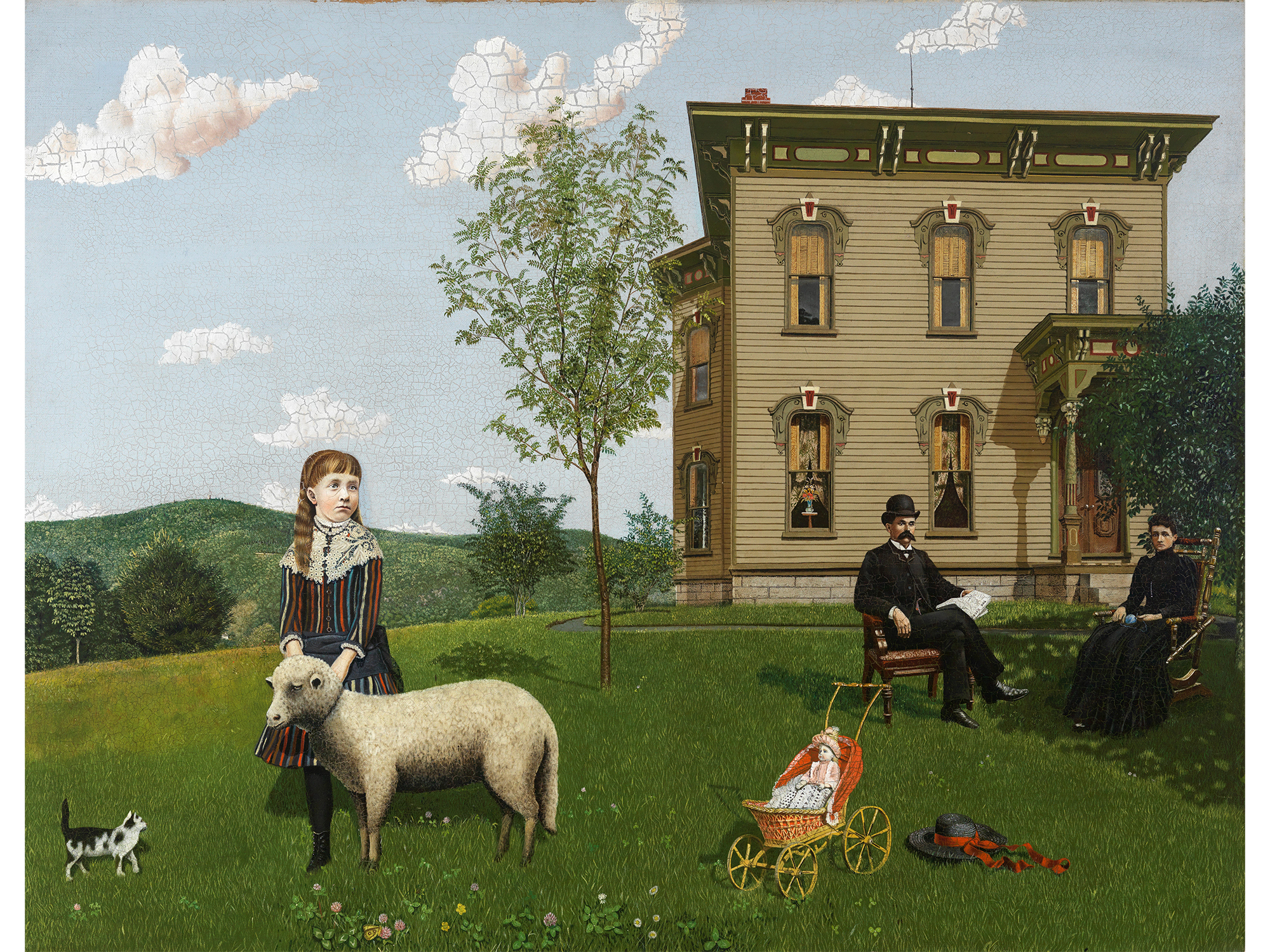
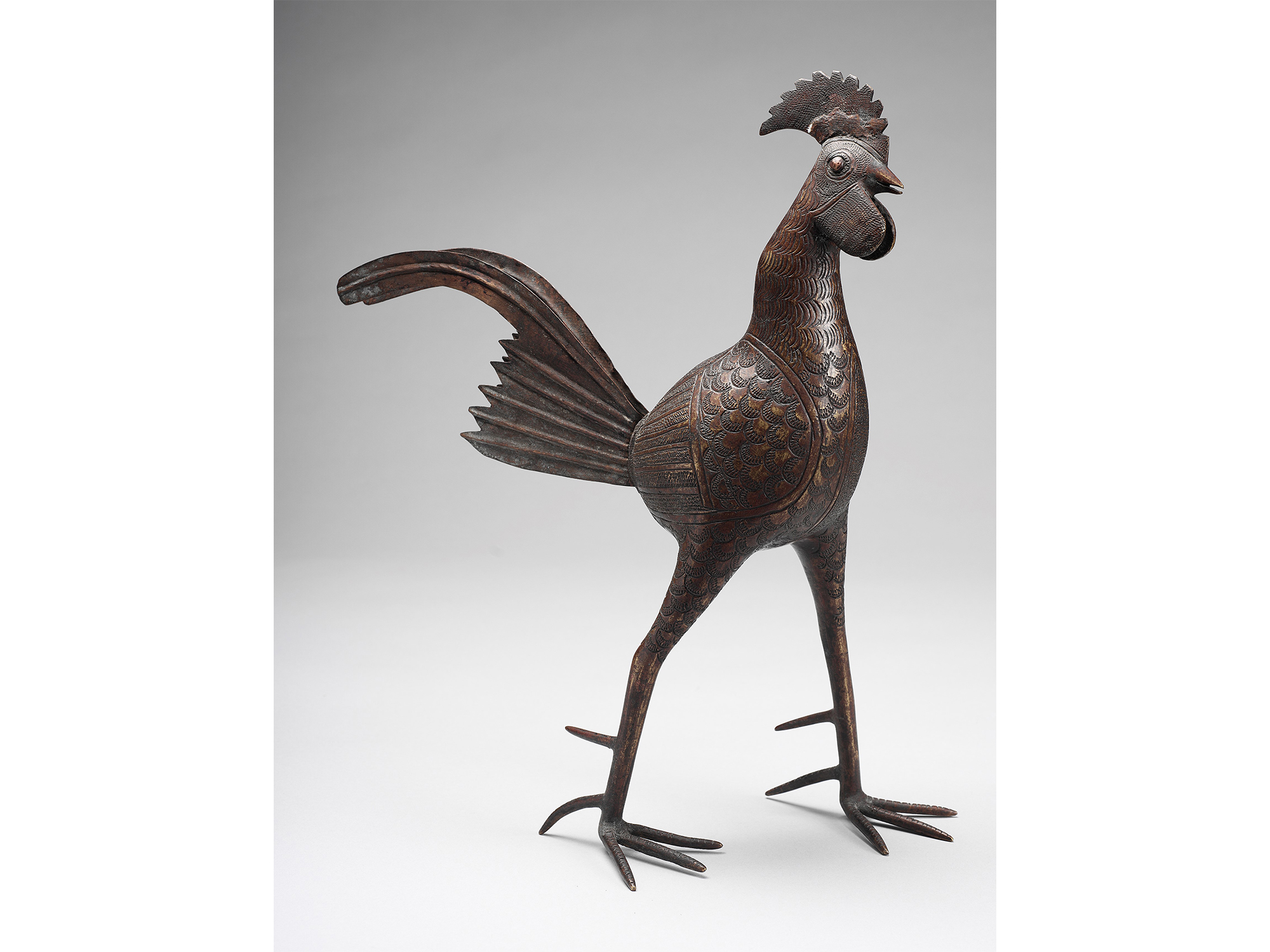
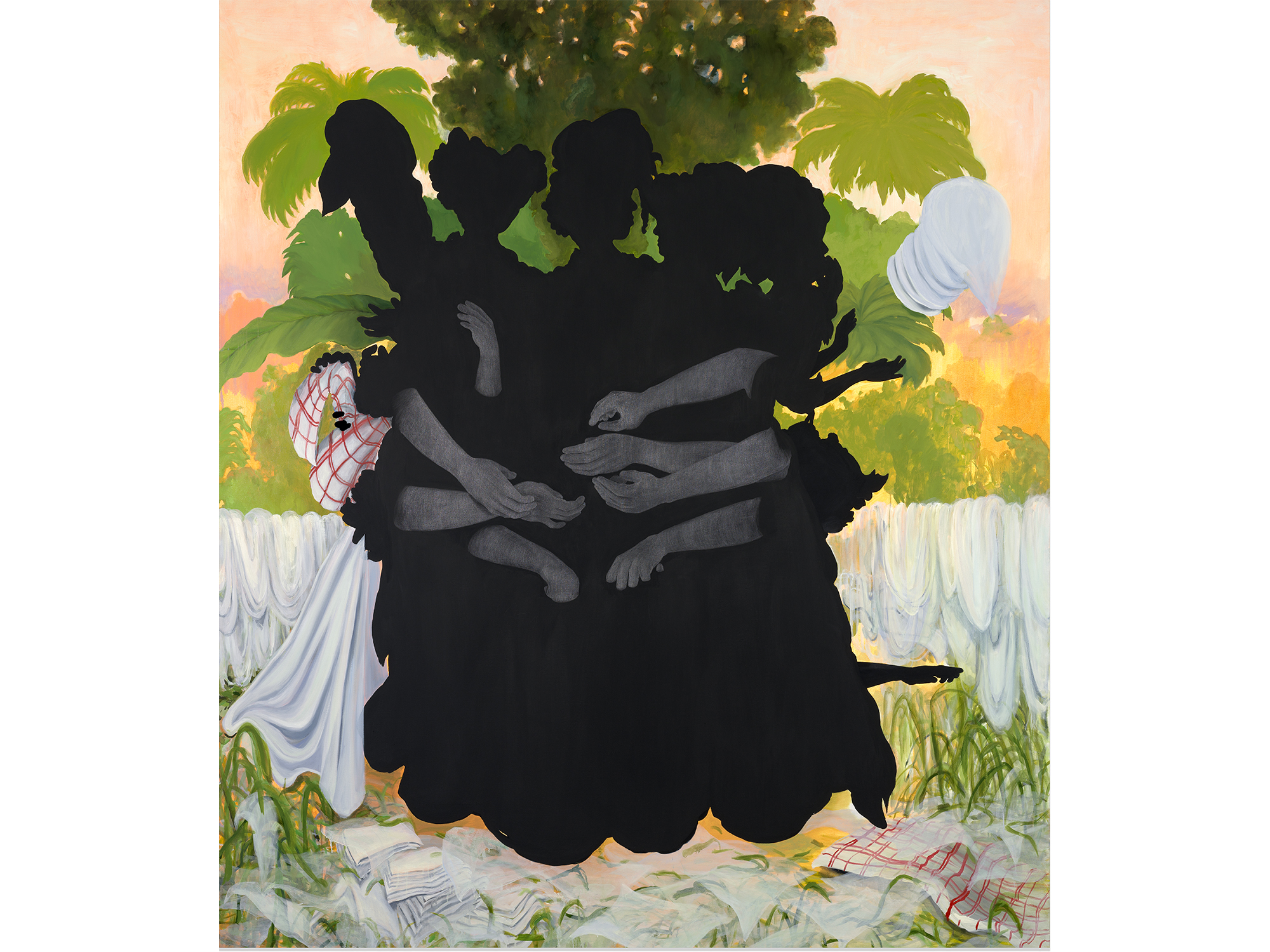
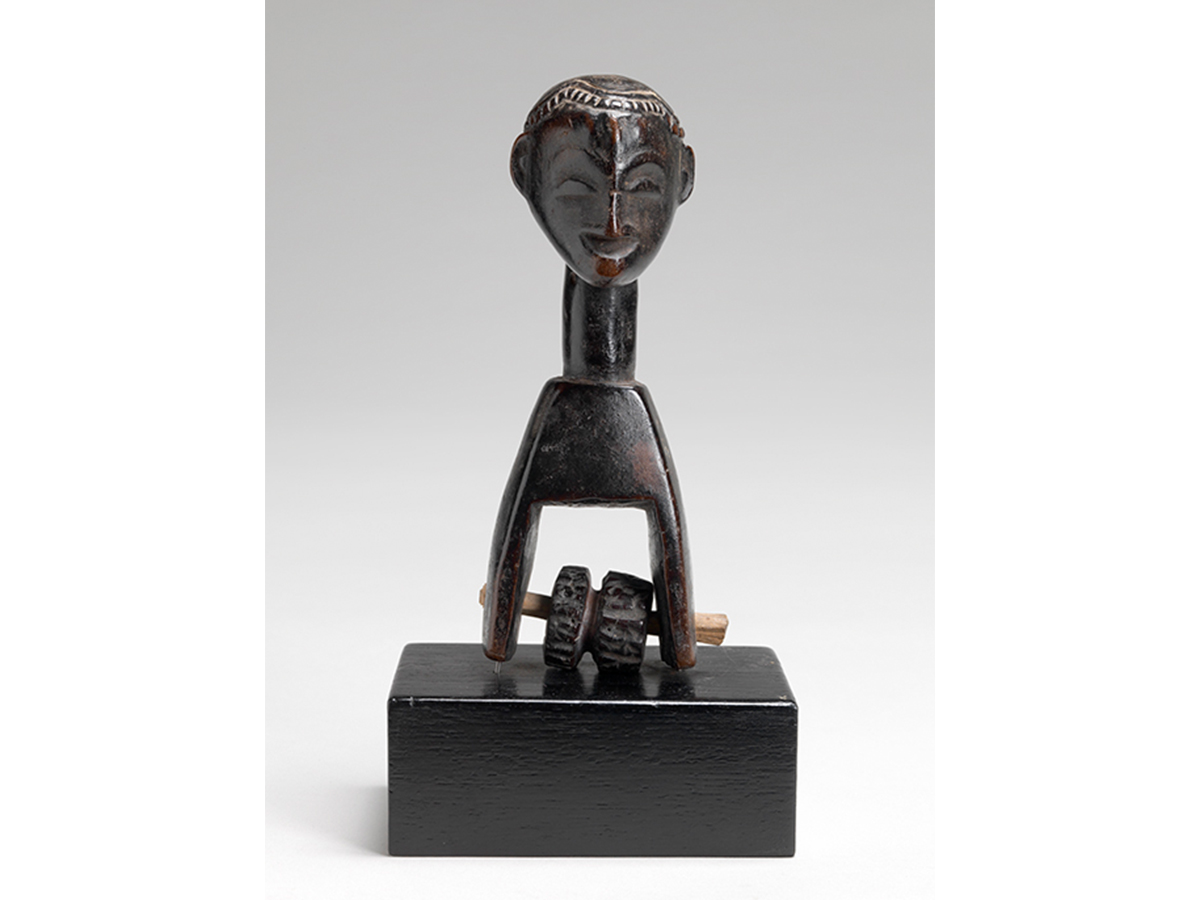
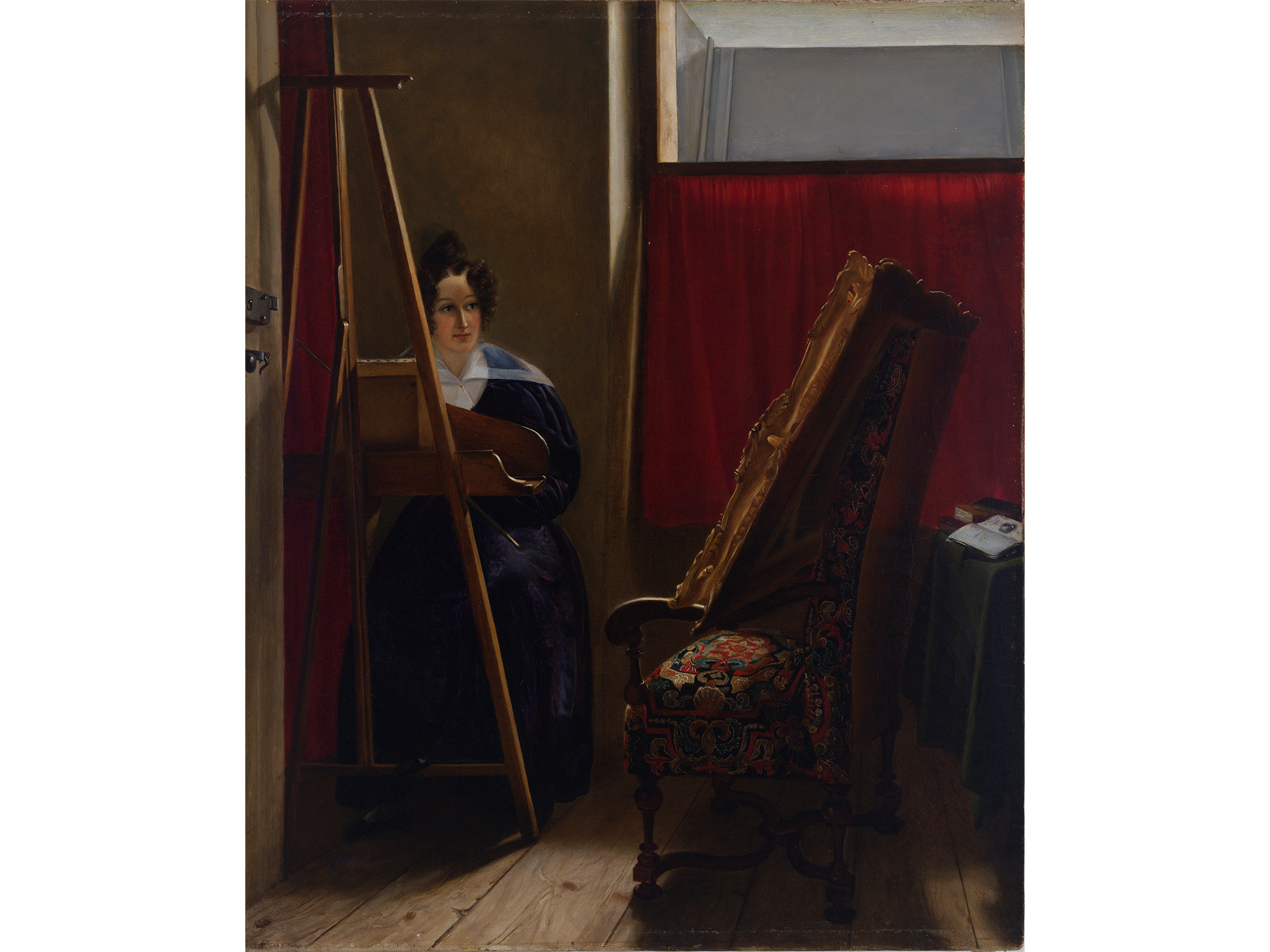
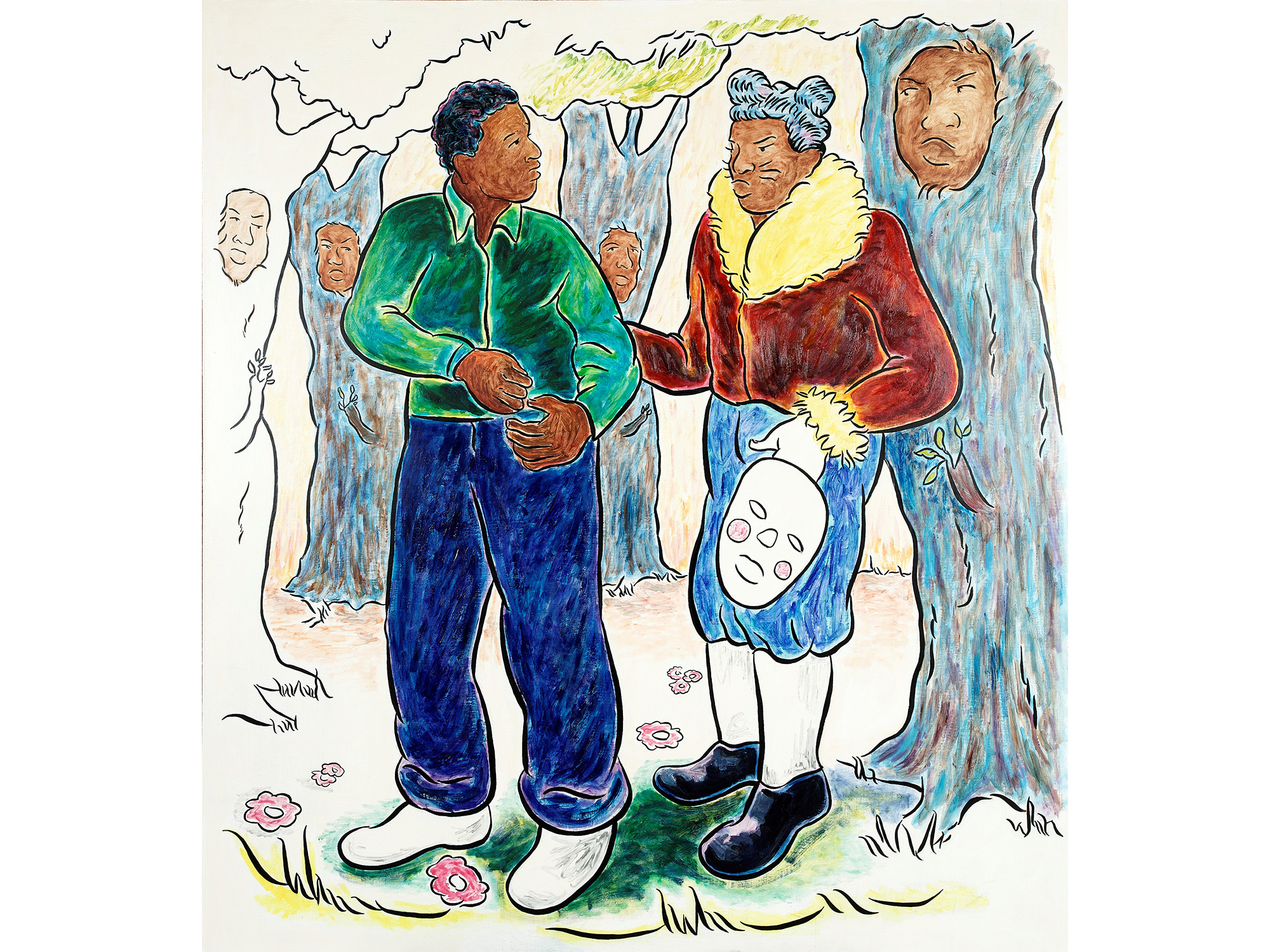
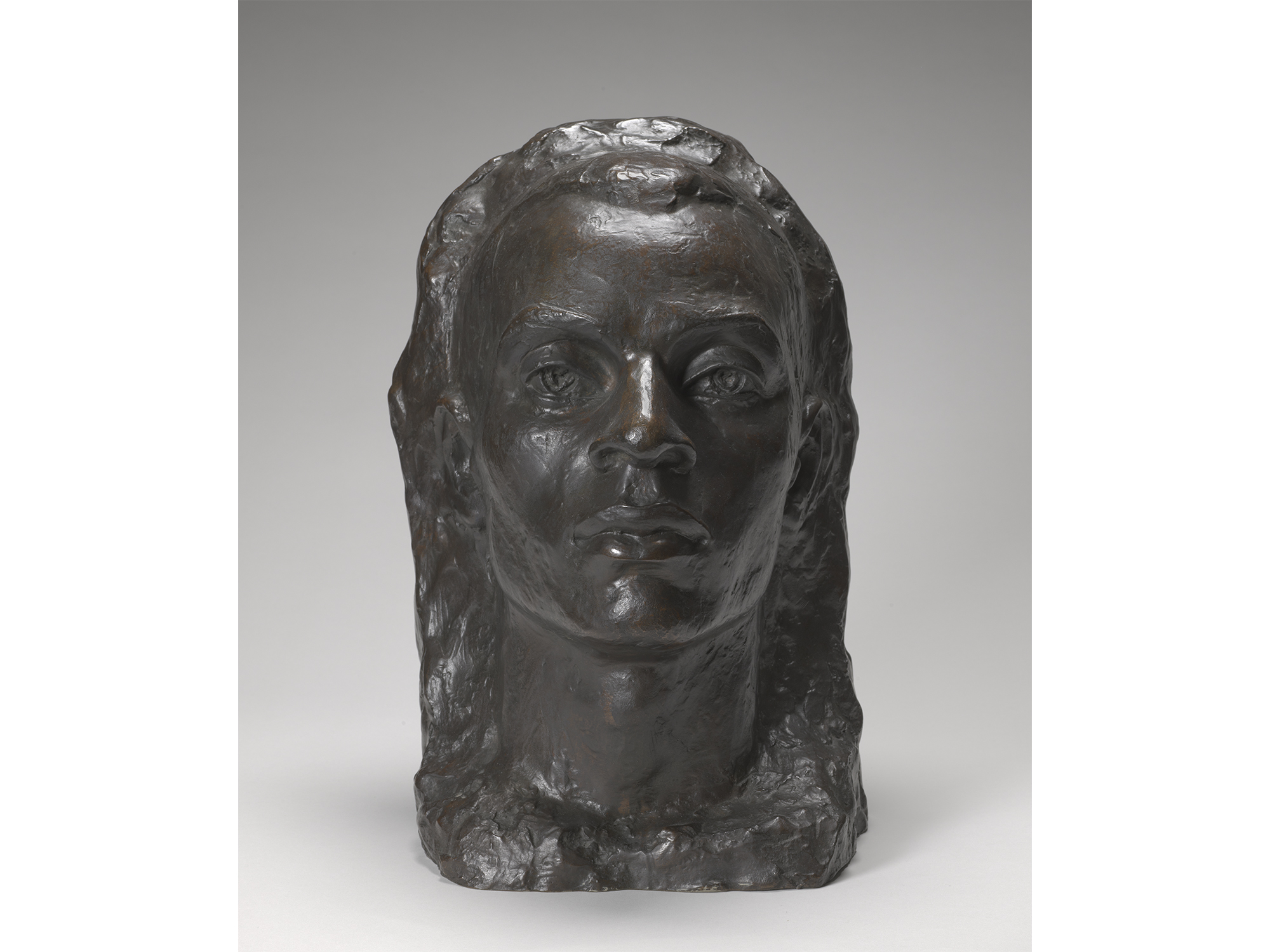
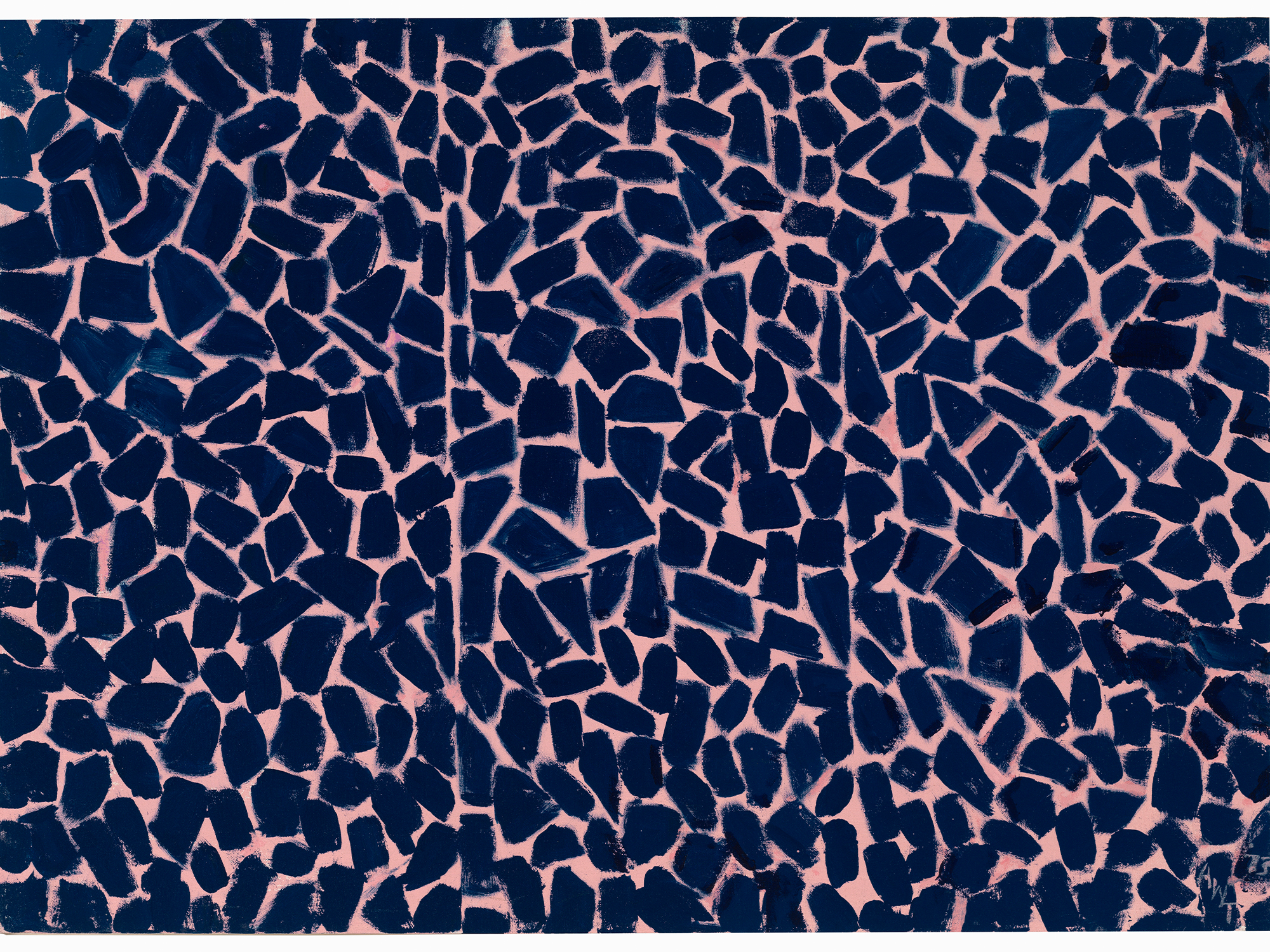
Worlds in Process: Art from the SCMA Collection
This project, called Worlds in Process: Art from the SCMA Collection, pilots new strategies for displaying the collection.
The installation includes artworks from a range of time periods, cultures, materials, and perspectives alongside places to gather and reflect. When a group of museum staff set out to reimagine this floor, we wanted to try some new approaches, which included deepening our understanding of what visitors (especially Smith College students) find most meaningful and welcoming.
Through gathering comments from visitors we heard that people wanted to see a mix of works from different time periods and cultures, more works by Black, Indigenous, Latine and AAPI artists, more accessible seating and spaces to gather. This is a work in progress; over the next few years, we will continue to gather and incorporate feedback throughout the museum.
The underlying theme of the installation concerns how humans connect to their environments, including place and social conditions. This idea forms a throughline for the art on view, which is organized into four sections: Nature and Its Forms; Thresholds and Transitions; Extraction; and Technologies. But this framing is just one among many possibilities; there are many ways to make meaning about and across works of art.
This installation is supported by the Bonnie Johnson Sacerdote, class of 1964, Museum Education Fund; the Suzannah J. Fabing Programs Fund; the Louise Walker Blaney, class of 1939, Fund for Exhibitions; and the gift of Ellen Lee, class of 1971
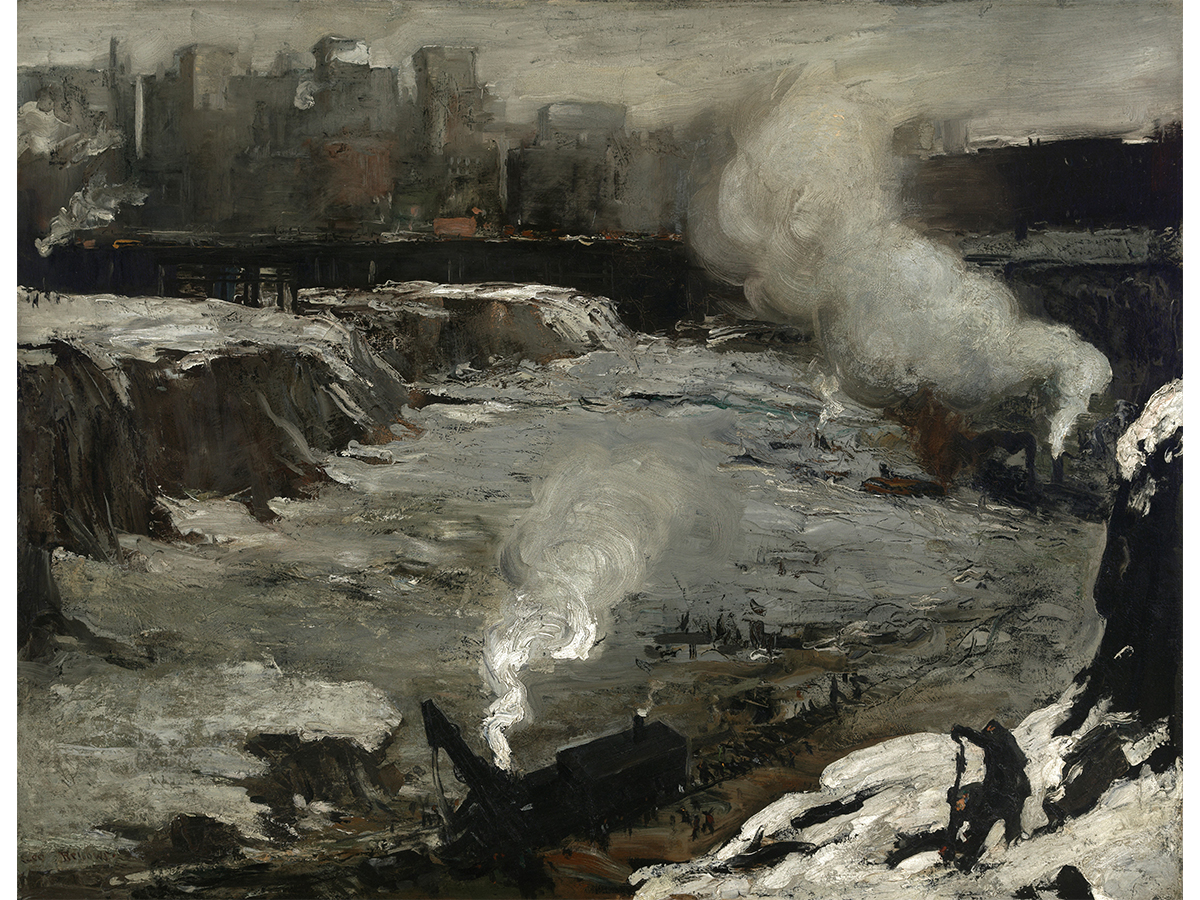
There are many kinds of relationships humans have to the natural world, including exploiting it in order to create and maintain wealth and power. Products familiar from the supermarket, such as coffee, tea, fruits, vegetables, and tobacco, are part of this story, but so are land, water, fossil fuels, and human labor, whether forced or compensated. These materials tell stories about social and political control both about their moment of extraction and subsequent circulation.
George Wesley Bellows. American, 1882–1925. Pennsylvania Excavation, 1907. Oil on canvas. Gift of Mary Gordon Roberts, class of 1960, in honor of her 50th reunion. SC 2010.11
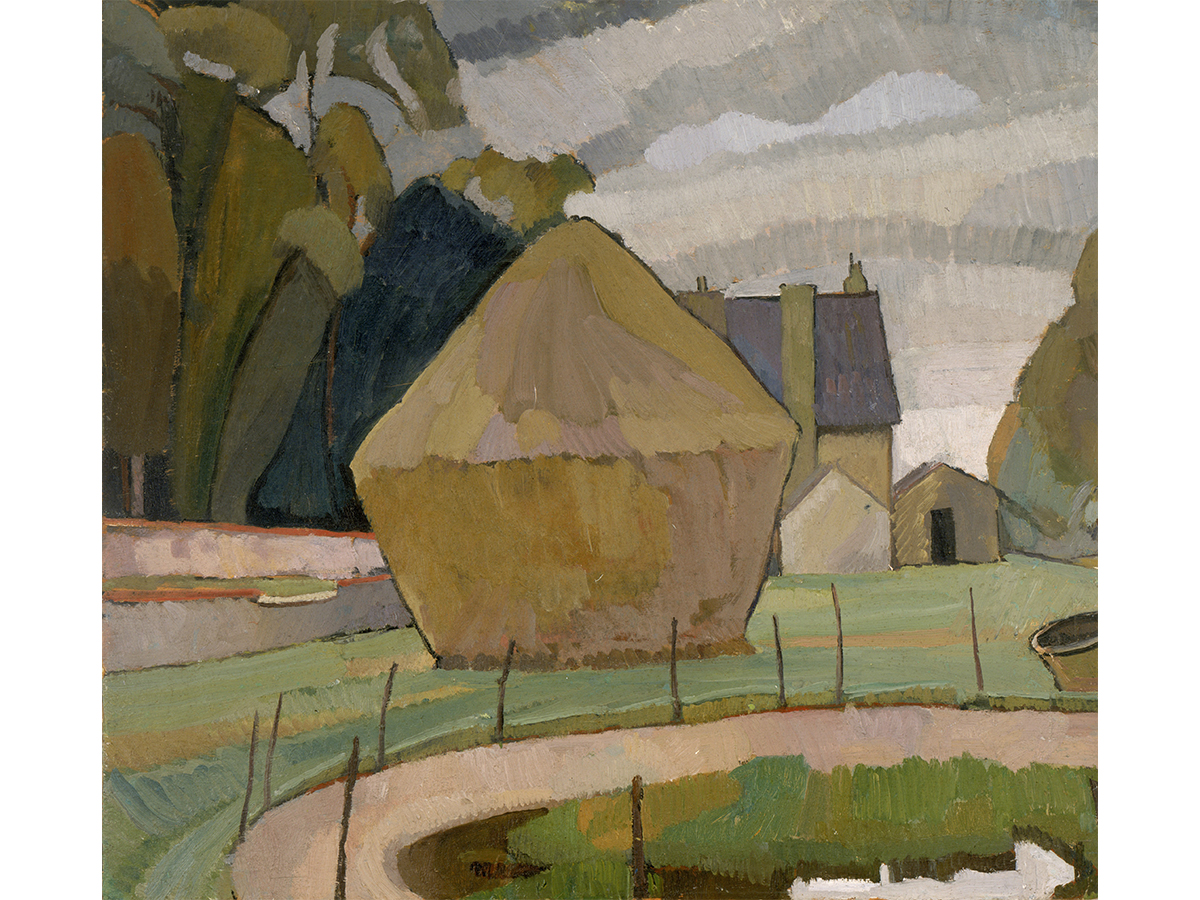
Nature is all around us. For millennia, artists have turned to nature as a source of inspiration. The artworks in this section demonstrate different ways that artists have sought to give form to their surroundings. They include pieces that depict environmental features including waterways, animals, architecture, and plants along with scenes that artists invent.
Vanessa Bell. English, 1879–1961. Landscape with Haystack, Asheham, 1912. Oil on board. Purchased with the gift of Anne Holden Kieckhefer, class of 1952 in honor of Ruth Chandler Holden, class of 1926. SC 1989.23
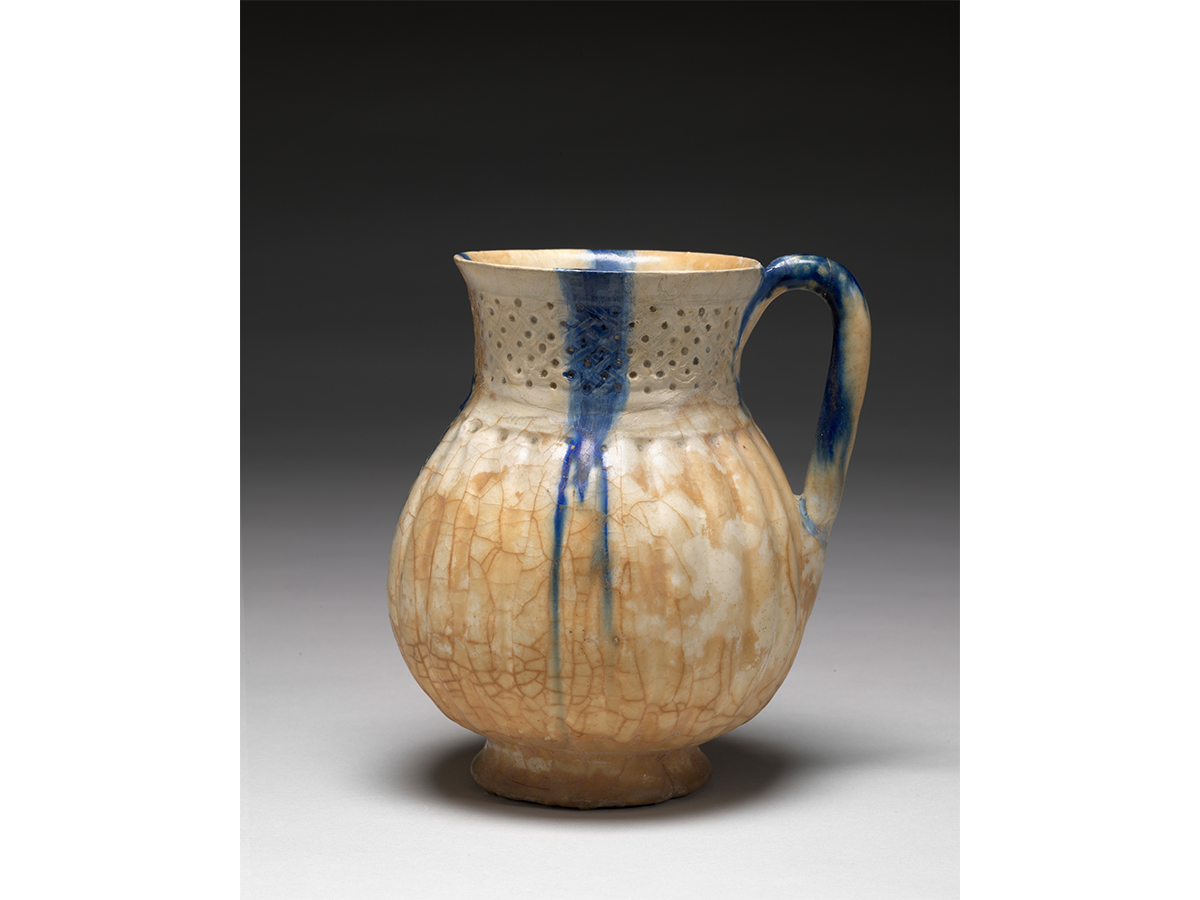
Artist unknown. Iranian. Jug, late 12th century. Pierced and glazed stonepaste with blue paint. Gift of Elinor Lander Horwitz, class of 1950. SC 2016.29.27
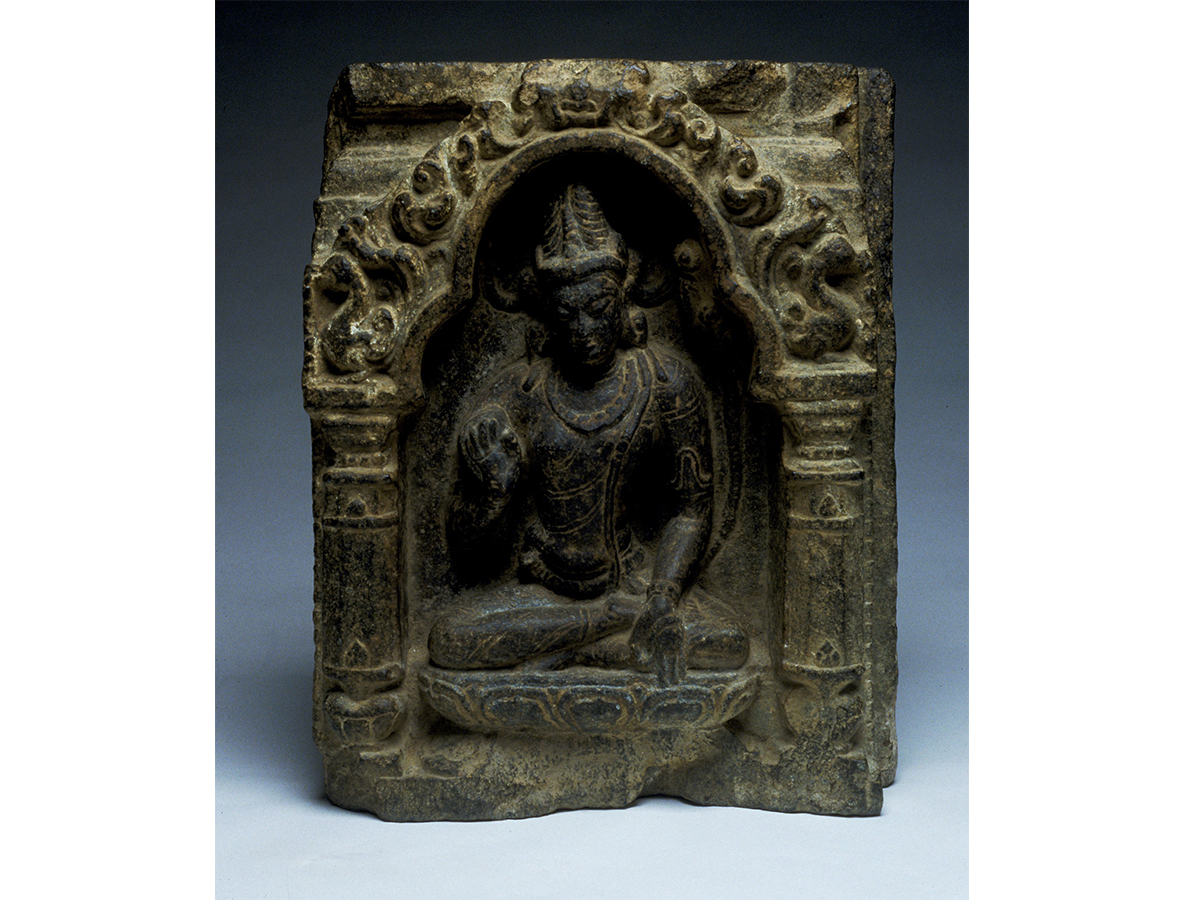
The works in this section foreground how people across time and space have created and used objects to negotiate change individually and collectively. At its core, this section asks: how do humans navigate shifting states of being? What role do objects play in how we construct relationships with and in response to our surroundings? How do objects link us to the generations that came before us and that will come after us?
Artist unknown. India. Bodhisattva, probably Avalokiteśvara Padmapāṇi. Pala period, c. 10th–11th century. Stone. Gift of Mr. and Mrs. Stanley Marcus. SC 1963.81